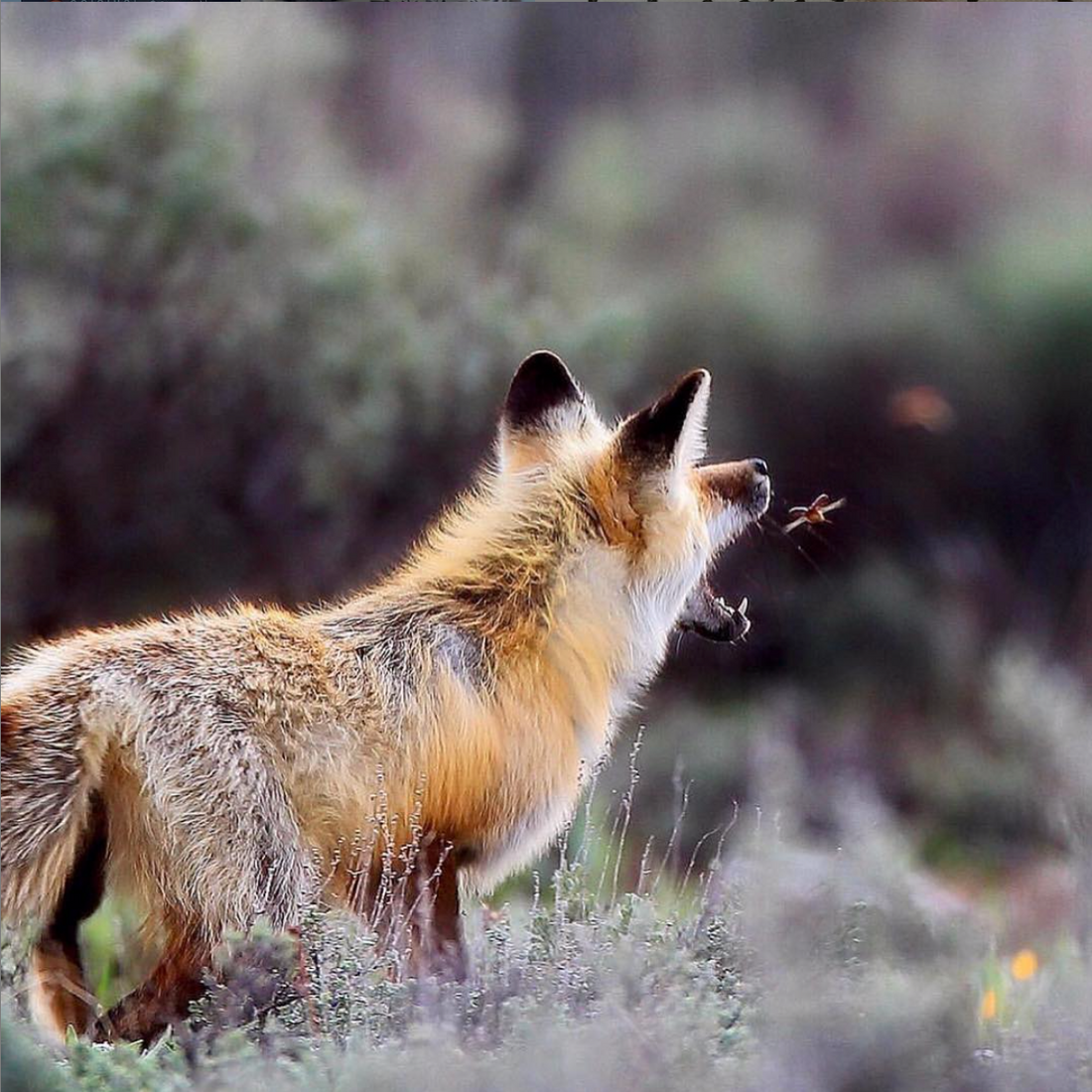Did you know that many wild dogs eat bugs? Not only do they eat bugs, but in many cases, bugs are a large part of their diet. For example, bat-eared foxes primarily eat insects. They’re even identified as insectivorous!
Why does it matter? Considering the diet of our pet dogs’ wild ancestors (foxes, wolves, coyotes) gives us an insight into the nutritional suitability of different food sources for our dogs. A trend in the pet food industry has been to feed an “ancestral diet” that mimics that of pet dogs’ wild ancestors. Wild dogs are known to be opportunistic hunters and forage for a variety of foods in their natural habitat, with insects being a common part of their diet.
For these wild dogs, bugs just make sense. They’re abundant and available during all times of the year. Bugs are also one of the safest animal proteins that a dog can hunt. This is especially true for smaller dogs because the bugs don’t fight back in a way that could injure the dog. Most importantly, bugs are nutritionally complete, providing a rich source of protein, fat, and other essential nutrients that our dogs need.
Here’s a few examples of wild dogs that eat bugs.
Bat-Eared Fox

The Bat-Eared Fox (Otocyon megalotis) is a unique species native to the African savannas, distinguished by its large ears, which it uses to detect prey underground. Primarily insectivorous, the Bat-Eared Fox's diet consists largely of termites, beetles, grasshoppers, and other small invertebrates. These foxes play a crucial role in controlling insect populations and are known to consume up to 1.15 million termites per year. Additionally, they may occasionally eat small rodents, fruits, and eggs, making them adaptable foragers in their diverse habitats.
Bengal Fox

The Bengal Fox (Vulpes bengalensis), also known as the Indian Fox, is a small, slender canid native to the Indian subcontinent. It is characterized by its bushy tail, pointed ears, and reddish-brown fur. The diet of the Bengal Fox is highly varied and opportunistic, including insects, small mammals, birds, reptiles, and fruits. This omnivorous diet allows the Bengal Fox to adapt to different environments, from grasslands and scrublands to semi-arid regions. They play a vital role in their ecosystem by controlling insect and small animal populations and dispersing seeds through their consumption of fruits.
Coyote

The coyote (Canis latrans) is a highly adaptable and resourceful canid native to North America, recognizable by its bushy tail, pointed ears, and keen, intelligent eyes. Known for their versatility, coyotes thrive in a wide range of habitats, including forests, grasslands, deserts, and urban areas. Their diet is omnivorous and highly varied, consisting of small mammals like rabbits and rodents, birds, reptiles, insects, and even fruits and vegetables. Coyotes are also scavengers and will consume carrion when available. Their adaptable diet and hunting skills make them successful survivors in both wild and human-dominated landscapes.
Side Striped Jackal

The side-striped jackal (Canis adustus) is a medium-sized canid found across central and southern Africa, distinguishable by the characteristic white stripe running along each side of its body. These jackals are highly adaptable, inhabiting a variety of environments, from savannas and woodlands to bushlands and even suburban areas. The diet of the side-striped jackal is omnivorous and varied, including small mammals, birds, reptiles, amphibians, insects, and fruits. They are also known to scavenge carrion and human refuse when available. This diverse diet and their opportunistic feeding behavior allow side-striped jackals to thrive in both wild and human-altered landscapes.
Island Grey Fox

The Island Gray Fox (Urocyon littoralis) is a small fox species endemic to six of the eight Channel Islands off the coast of California. Noted for its diminutive size and unique evolutionary history, it is a descendant of the mainland gray fox. The diet of the Island Gray Fox is omnivorous and highly adaptable, reflecting the diverse but limited resources of its insular habitat. It primarily feeds on fruits, insects, small mammals, birds, eggs, and vegetation. This varied diet helps the Island Gray Fox to thrive in its island ecosystem, playing a crucial role in seed dispersal and controlling insect and rodent populations.
Hakuna Matata!
Main image credit: @robbiengs


